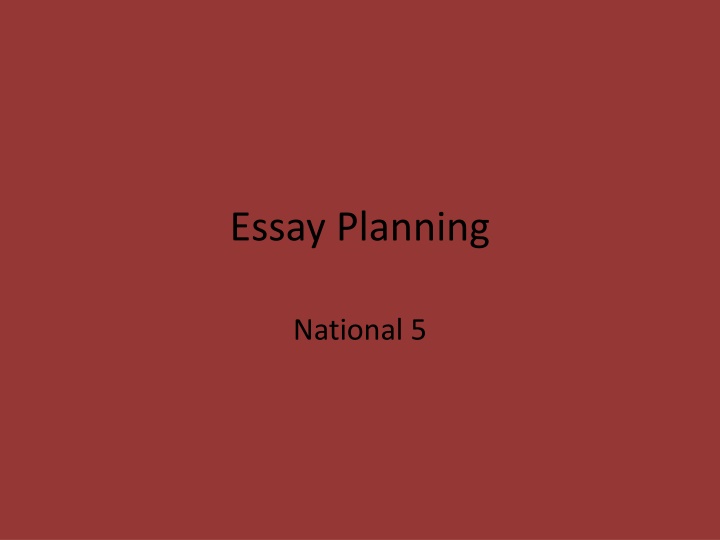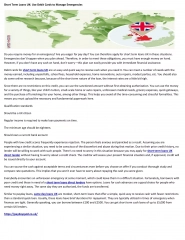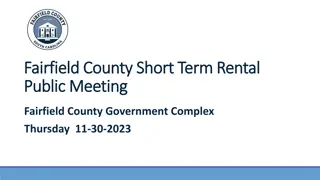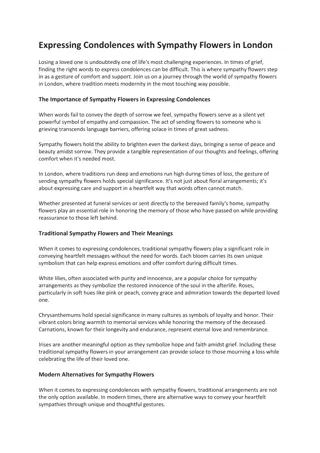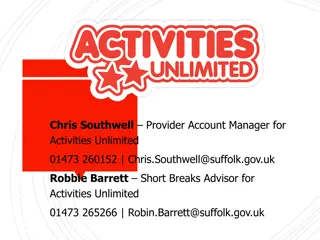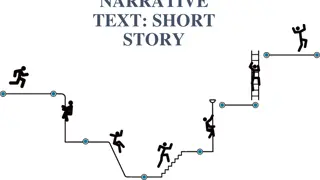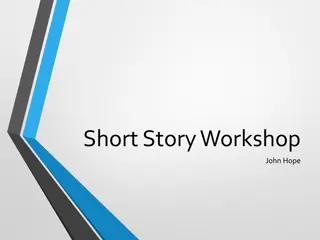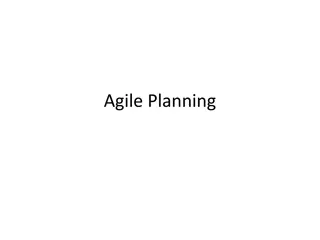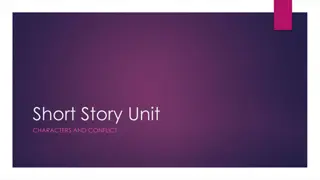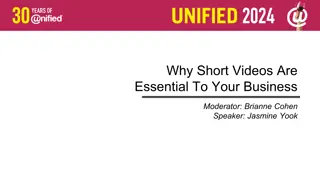Sympathy in Short Stories
When exploring short stories, it's essential to identify with the characters facing difficulties or injustice. Understanding the techniques used by writers to evoke sympathy enriches the storytelling experience. Discover how character experiences and descriptions contribute to the story's depth and impact.
Download Presentation

Please find below an Image/Link to download the presentation.
The content on the website is provided AS IS for your information and personal use only. It may not be sold, licensed, or shared on other websites without obtaining consent from the author.If you encounter any issues during the download, it is possible that the publisher has removed the file from their server.
You are allowed to download the files provided on this website for personal or commercial use, subject to the condition that they are used lawfully. All files are the property of their respective owners.
The content on the website is provided AS IS for your information and personal use only. It may not be sold, licensed, or shared on other websites without obtaining consent from the author.
E N D
Presentation Transcript
Essay Planning National 5
Practice essay questions - The Test Choose a short story in which you feel sympathy with one of the main characters because of the difficulties or injustice or hardships she or he has to face. Describe the problems the character faces, and by referring to appropriate techniques, show how you are made to feel sympathy for her or him. Choose a short story which describes a person s experience. By referring to appropriate techniques, explain how the description of the experience makes the short story more interesting.
Initial thoughts Mindmap or bullet point anything that you think you could use to answer this question You do not need to look things up in your notes just write your first ideas.
Structure Introduction Main body (PEE paragraphs x 5) Conclusion
Introduction Bullet point this information Name of text Author/director Summary What will your essay be discussing/techniques
Introductions Say what the name of the story/film is and who wrote or directed it. Give a brief summary of what the story/film is about. Put in a link to the essay question you have chosen. Helpful hints: NEVER say In this essay Don t write everything that happens in your summary of the plot. If you can, when writing your summary, try to talk about the elements of the plot that are relevant to the question. Remember to put around the title of the text.
Example Choose a short story in which the writer creates a realistic or convincing character. By referring to appropriate techniques, show how the writer creates this character, and say why you find him or her to be realistic of convincing.
Characterisation makes Marian so much more convincing. The fact Marian is so set on passing her test makes her seem real and is shown by Gibbs when Marian yelled Damn you at the inspector. The use of the short sentences make her convincing as it seems like she is shouting at the inspector and showing her true emotions for the first time. Also the use of the word choice damn suggests that she is very upset and is swearing at the inspector as she is no longer able to hold her feelings in as he has bullied her so much. If anything it made Marian a more admirable character and she became more convincing as this is a reaction you could imagine from a real person. She inspired us in this turning point as she stood up for herself and it was frustrating for me as a reader that the inspector had pushed her to this. She is a strong woman who endured so much in that short story and you heavily sympathised for her.
Why this example was chosen It is on task and uses words from the question in their response. Has a clear structure: Point, Evidence, Explanation, Reference to task Talks about techniques/features: setting and character Analyses the techniques/features and their effect on them as a reader.
Main Paragraph PEER structure. Point - a sentence or two which answer the essay question in some way. This part will also explain what you are about to talk about in the paragraph. Evidence - an example of what you ve talked about in the point. This could be a quote or reference to a particular aspect of the scene. Explanation - Mention which techniques have been used (characterisation, costume, lighting, camera shots/angles) and the effect they have on the audience. Reference to question - link your explanation back to what the essay question is asking.
Main body Point: what is one specific idea that answers the question? Evidence: what quotation/technique backs up your point? Explain: What does your quotation/technique tell us? What does it mean? How does this link back to the question/task?
Conclusion Bullet point this information Name of the text Name of author/director Your opinions about the text How did you fulfil the demands of the task? What was your answer?
Conclusions Re-state the title and writer/director of the text. Summarise the main points you have made about what the essay question asked. End the paragraph with one final sentence which refers to the essay question in some way and gives your opinion on the text.
Start writing Put this information into full sentences. Make sure everything is well explained and detailed.
